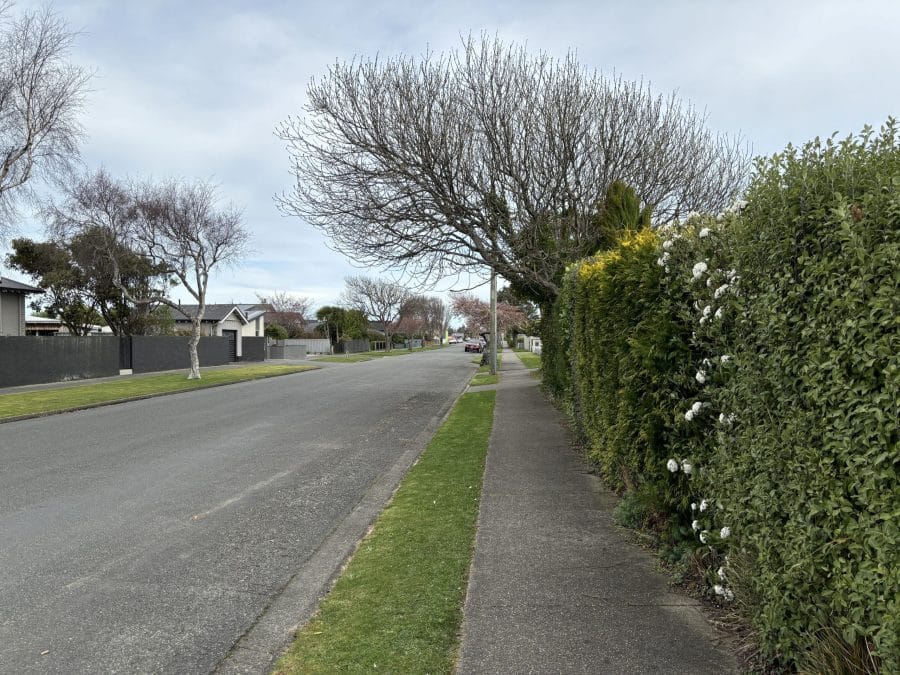- Buyer interest rises following the OCR cut, reflecting increased activity and optimism.
- Southland’s average asking price reaches a new record, contrasting with national trends.
- New listings increase nationwide, hinting at a shift in the property market.
Following the recent drop in the Official Cash Rate (OCR), the New Zealand property market is showing signs of increased activity, according to realestate.co.nz. The OCR, reduced for the first time in four years, has sparked a noticeable uptick in buyer engagement. Data reveals that in the two weeks immediately following the announcement, residential listing enquiries grew by 8.5%, saved properties increased by 5.5%, and the number of saved searches rose by 6.2%, indicating a renewed interest in the housing market.
Sarah Wood, CEO of realestate.co.nz, believes this reflects long-held buyer interest finally coming to fruition. “Kiwis have a love affair with property, and while economic factors can sometimes dampen that enthusiasm, it never truly fades. We’ve heard that people have been waiting in the wings, and our data supports that.” Wood also points out that current conditions are favourable for both buyers and sellers, with stock levels starting to soften, potentially signalling a shift in the market. With these signs of increased activity, now could be an ideal time for those who were previously hesitant to make their move, either to buy or sell.
August also saw a slight decline in the national average asking price, which fell to $844,595, marking the lowest point in three and a half years. However, Wood highlights that this represents only a 0.5% decrease from July and a 3.4% decline compared to August 2023, suggesting that prices remain relatively stable. “This is not a significant dip. Prices remain stable around the mid $800,000 mark, continuing the flat trend observed over the past 18 months,” she adds.
As the market responds to these changes, August marked a return to traditional seasonal listing trends, with new listings increasing by 8.1% year-on-year. This growth was seen in 16 of 19 regions, with only Nelson & Bays, Northland, and Coromandel seeing a decline. “The rise in new listings suggests that vendors view this as a favourable time to sell, likely in response to a more positive sentiment in the market and increased buyer activity,” says Wood.
Nationally, stock levels were up 30.0% year-on-year in August, though the total dipped below 30,000 homes for the first time in six months. “This slight softening in stock levels could signal increased market activity, as declining interest rates and the OCR announcement boost buyer confidence,” says Wood. Additionally, the number of listings on the site for less than 30 days rose by 11.6% compared to July, indicating quicker property turnover.
Despite the national trends, Southland experienced a significant surge in its average asking price, reaching $558,314—a new record high. Southland, along with Wairarapa, was one of the few regions to see growth both month-on-month and year-on-year. Southland’s robust market performance is attributed to strong buyer activity and vendor confidence, positioning the region for continued growth in the coming months.
Jacqui van Dam, a Licensee Salesperson at Ray White Invercargill, reinforces Southland’s market stability, noting that the region typically avoids the volatility seen in larger cities. “Buyers are in the driver’s seat at the moment, but with the reduction in mortgage rates, we expect there will be more competition in the market. Ray White has had a strong clearance rate in the auction rooms, and there has been an increase in multi-offers as an indicator of increased buyer competition. Just like spring, new growth and demand is imminent,” says van Dam. Southland’s steady performance, coupled with the recent peak in asking prices, positions it as a resilient and attractive market for both buyers and sellers as the region heads into what could be a competitive spring season.



